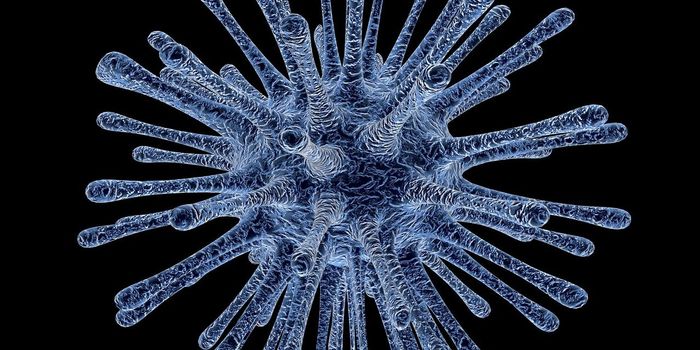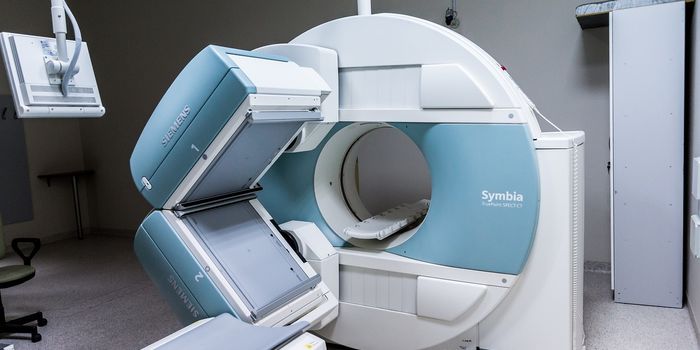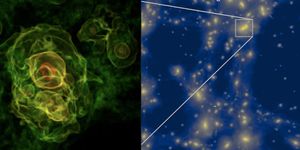A Non-Invasive Look at Fat Distribution in the Liver
The build-up of fat inside the liver is a worrying sign that points to the possibility of conditions such as nonalcoholic fatty liver disease or NAFLD—one of the most common forms of liver disease. However, until now, there is no non-invasive method for assessing liver fat content. To get a definitive answer, patients have to undergo painful biopsies, putting them at the risk of complications.
“Lipid distribution in the liver provides crucial information for diagnosing fatty liver-associated liver diseases including cancer, and therefore, a non-invasive, label-free, quantitative modality is needed,” said Kyohei Okubo, a researcher who led the development of a non-invasive method for visualizing the distribution of lipids in the human liver. Okubo and the team created a system that combines near-infrared spectral imaging techniques with machine learning. The study was published in Biomedical Optics Express.
The team had already demonstrated the utility and potential of near-infrared hyperspectral imaging in another application: Imaging atherosclerotic plaques in blood vessels. Based on this success, they considered that the technology might also benefit the visualizations of fatty acids in the liver.
Okubo and colleagues validated the new technology in a mouse model. One group of mice were fed a high-fat diet, which caused a spike in fat levels in the liver. They then ran the imaging technique in these animals, alongside healthy controls fed regular diets. Actual lipid content correlated closely with readings taken using near-infrared hyperspectral imaging.
Moreover, the scientists were able to generate maps of the livers, with a gradient of colors representing the local lipid densities within the liver tissues.
The results are a ray of hope that this technique could one day be translated to a clinical setting, allowing physicians to confirm suspected fatty liver syndrome in patients without the need for painful biopsies.
“This platform is expected to offer a new strategy for the noninvasive analysis of lipid localization in the liver, which can improve the diagnosis of nonalcoholic fatty liver diseases and contribute to the better understanding of the mechanism of the pathogenesis of steatosis,” wrote the authors.
Sources: Biomedical Optics Express, Tokyo University of Science.









